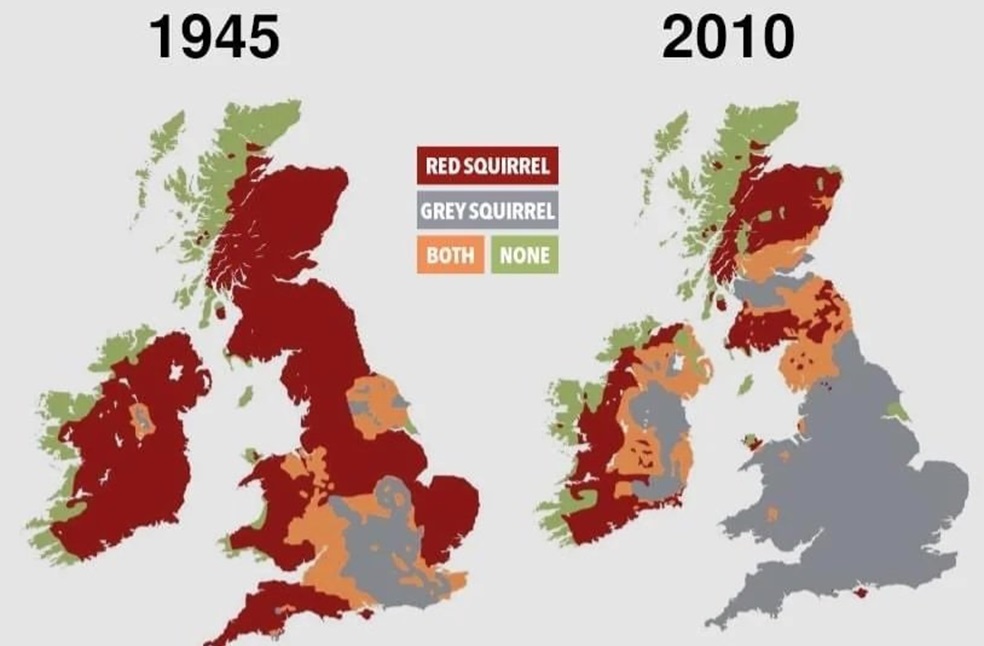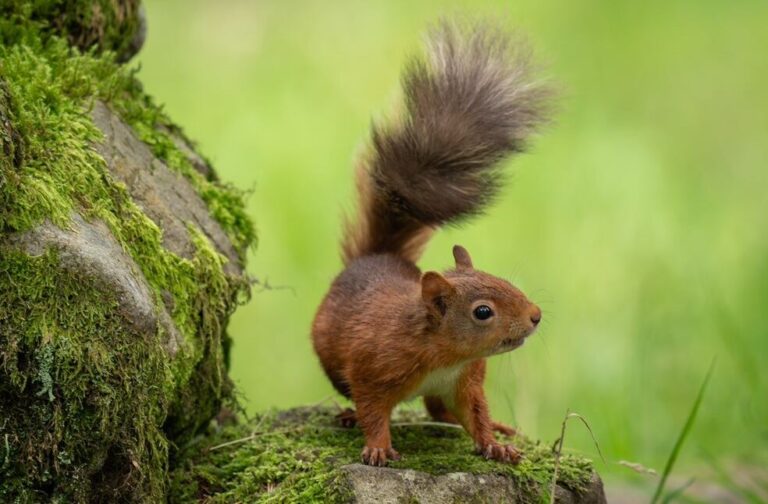London: An artificial intelligence (AI) tool called Squirrel Agent is being hailed as a potential game changer in the battle to save red squirrels in the UK.
Developed by Genysys Engine, the system boasts 97 percent accuracy in distinguishing red squirrels from grey squirrels, promising to revolutionise conservation practices.
Smart Monitoring
Trained on thousands of images, Squirrel Agent uses advanced AI algorithms to identify the species of squirrels visiting feeders. Red squirrels gain access to feeders with nutritious food, while grey squirrels are directed to feeders containing contraceptive paste to manage their population.
Emma McClenaghan, the co-founder of Genysys Engine, emphasised that, “It’s a real showcase of what AI can do. It’s working in real-time to perform tasks that human volunteers simply don’t have the capacity to handle.”
In a rewilding success story, @treesforlifeuk is reintroducing red squirrels to woods in the Scottish Highlands. Please take a minute to sign and share the #RewildingNation Charter – for nature, people and climate. See https://t.co/xTBi6hPYLapic.twitter.com/ldlKYHJJX9
— Little Green Space 🐝 (@LGSpace) November 13, 2024
Growing Crisis
The need for such technology is urgent. Grey squirrels, introduced to the UK 200 years ago, have outcompeted red squirrels, spreading a virus lethal to the native species. Ian Glendinning of Northern Red Squirrels, one of five conservation charities trialing Squirrel Agent, underscored that, “We’re in the last chance saloon for red squirrels. Without intervention, they’ll vanish from mainland England and Wales.”
While red squirrels persist in Scotland, Ireland, and islands like Anglesey and the Isle of Wight, their numbers are critically low elsewhere. Complicating conservation is the fact that not all red squirrels are visibly red, requiring detailed observation to distinguish them from greys.
AI’s Role in Wildlife Conservation
Squirrel Agent’s ability to analyse physical markers such as tails, ears, and size enhances this process. Beyond species identification, Genysys Engine plans to evolve the tool to track individual squirrels by identifying their unique whisker patterns- akin to human fingerprints.
McClenaghan explained that, “This data will allow researchers to monitor family lines over time.”

Expanding Role of AI in Ecology
Squirrel Agent is the latest example of AI aiding conservation efforts. The World Wildlife Fund (WWF) has used AI to identify surviving wildlife in areas devastated by bushfires, while hobbyists have developed AI tools to manage garden wildlife.
With its innovative applications and scalability, Squirrel Agent offers a promising future for both red squirrels and broader conservation initiatives. As McClenaghan aptly put that, “This is only the beginning of what AI can achieve for wildlife.”



